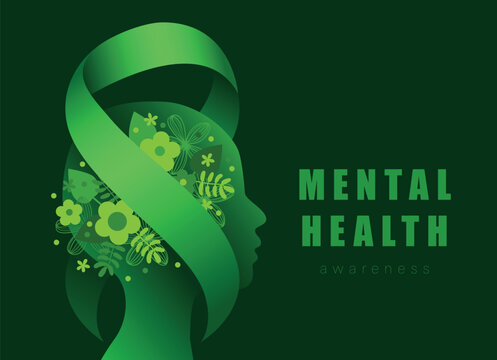Road accidents are one of the leading causes of death and injury around the globe. Every year, millions of lives are lost and many more are affected due to collisions on roads, making road safety a major public concern. Despite technological advancements in vehicles and infrastructure, the problem of road accidents continues to grow, especially in developing countries. This blog explores the causes, consequences, and possible solutions to reduce road accidents and promote safer roads for everyone.
1. Understanding Road Accidents
A road accident, also known as a traffic collision or crash, occurs when a vehicle collides with another vehicle, pedestrian, animal, road debris, or other stationary obstructions such as a tree or utility pole. The severity of road accidents can range from minor injuries and property damage to fatalities.
2. Major Causes of Road Accidents
Several factors contribute to road accidents. These can be broadly categorized into:
a. Human Error
-
Over-speeding: Driving beyond the speed limit is a leading cause of fatal crashes.
-
Distracted Driving: Mobile phone usage, eating, or adjusting the radio while driving are common distractions.
-
Drunk Driving: Alcohol impairs judgment, coordination, and reaction times.
-
Fatigue: Drowsy drivers can be as dangerous as intoxicated ones.
-
Violation of Traffic Rules: Jumping red lights, not using indicators, or ignoring stop signs can lead to severe accidents.
b. Vehicle-Related Issues
-
Poor Maintenance: Brake failures, tire blowouts, and engine problems increase accident risk.
-
Design Defects: Some vehicles may have design flaws that compromise safety.
c. Road Conditions
-
Potholes and Poorly Maintained Roads: These can cause drivers to lose control of their vehicles.
-
Lack of Signage: Inadequate or confusing road signs contribute to misjudgment and collisions.
-
Weather Conditions: Rain, fog, and snow reduce visibility and traction, increasing accident risks.
3. Consequences of Road Accidents
The aftermath of road accidents is devastating not only for the individuals involved but also for society at large.
a. Human Impact
-
Loss of Life: Fatalities due to accidents are often sudden and tragic.
-
Injuries: Many survivors suffer from life-long disabilities and trauma.
-
Psychological Trauma: Victims, witnesses, and families experience emotional distress, anxiety, and PTSD.
b. Economic Impact
-
Medical Costs: Hospitalization and rehabilitation are often expensive.
-
Property Damage: Vehicles and infrastructure repair or replacement cost millions annually.
-
Productivity Loss: Injuries and deaths result in lost workforce and income.
4. Road Safety Measures and Solutions
While road accidents can’t be eliminated entirely, many strategies can significantly reduce their occurrence and severity.
a. Education and Awareness
-
Driver Training: Proper education about road rules and defensive driving can prevent accidents.
-
Public Campaigns: Awareness about drunk driving, seat belts, and helmets helps change risky behaviors.
b. Law Enforcement
-
Strict Penalties: Enforcing laws related to speed limits, drunk driving, and use of mobile phones.
-
Surveillance: Use of traffic cameras and patrols to monitor and deter violations.
c. Engineering Improvements
-
Better Road Design: Clear signage, well-lit streets, and pedestrian-friendly infrastructure.
-
Vehicle Safety Features: Promoting use of seat belts, airbags, and anti-lock braking systems (ABS).
d. Emergency Response Systems
-
Quick Medical Help: Reducing response time to accident scenes saves lives.
-
Trauma Centers: Specialized units for accident victims can provide better care.
5. The Role of Individuals
Every road user has a role to play in making roads safer:
-
Always follow traffic rules.
-
Never drink and drive.
-
Avoid using phones while driving.
-
Maintain your vehicle regularly.
-
Drive at safe speeds, especially in residential and school zones.



No comments:
Post a Comment